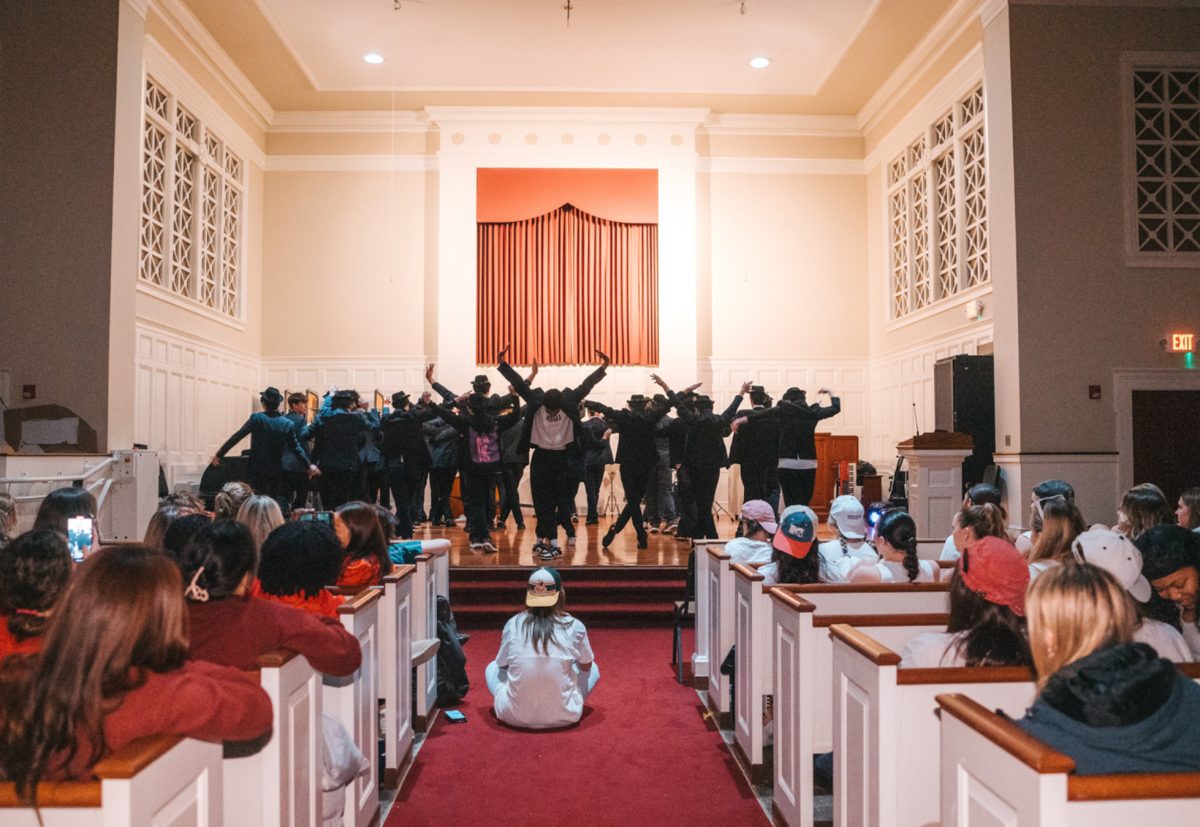With school and sports all filling up your suddenly busy schedule, it’s important to set aside time for conflicts and struggles.
Everyone struggles in one way or another, whether it’s small stress and anxiety, or a more serious mental illness. Stress, whether you like it or not, can creep in and settle in small areas you didn’t even know were possible.
Doing your homework or just getting to practice can be hard when facing mental struggles alone. But we can learn from everyone’s experiences to help create an open and inviting community for every single person.
Around one in five adolescents experience stress and anxiety on a daily basis. According to the American Institute of Stress, 70% of teens in the U.S. (ages 13-17) identify anxiety or depression as a major issue amongst their peers. And around 75% of high school students (50% of middle schoolers) feel consistent stress about their schoolwork.
Students are more stressed than they have been in the past according to a The Brink Boston University article by Jessica Colarossi.
Elise Edmunds, a sophomore day student from Northampton, Mass., aces anxiety when she is doing schoolwork while stressed about other things.
“Usually when it happens, I am tired and I am at school which means I woke up early but went to bed late because I had a lot of homework,” Elise said. “For me it’s a whole cycle. It comes out of nowhere for me. It will even happen as I’m scrolling through Instagram.”
“I often have places to be or things to do while being active throughout the day when I just want to lay in my bed and recharge when I am stressed or overwhelmed,” said Elise.
Being at school often conflicts with moods especially when the student is already stressed, leading to even more stress–a never-ending cycle.
Charlie Honig, a senior day student from Amherst, Mass., copes with stress and anxiety in very open and relaxing ways.
“I try to listen to music, or even find a relaxing spot in the library,” she said. “I find that procrastinating makes me more anxious so I try to grind out my work and I feel so much better once it’s done.”
She lists some examples of her sources of anxiety “Seeing work pile up in Veracross is a number one stressor for me. Seeing lots of tests and quizzes while having to balance afternoon program, college essays, and applications.”
Charlie was diagnosed with anxiety when she was around four years old, and she added that”Being a student at a competitive school has elevated my anxiety around school and educational subjects.”
Charlie, however, believes “a healthy amount of anxiety is good because it keeps you on top of things instead of slacking off.”
Anne Zager, a Mental Health Counselor at Williston, believes that school itself is not the root cause, rather little individual stressors embedded into our lives.
“Stress is the physical experience when something challenges you. Anxiety is the physical reaction to trauma, threats, and the dread and nervousness behind the emotion,” she said.
“Anxiety varies in every person you see, so it depends on the person. Some people who are more introverted feel overwhelmed by being around a lot of people when there is not a balance of alone time and time with other people. It is all about being seen and heard by the people around you,” Zager said. She believes there are other ways to control stress and anxiety levels even if school is tough.
Zager has some options on how to cope.
“Regulate your nervous system, make sure you know how much sleep you get, do not putting yourself in situations that cause states of fight or flight, exercise, and keep track of what you eat,” she advised.




















